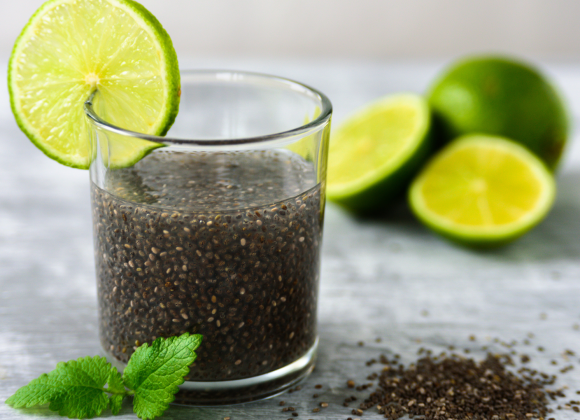Arthritis affects millions of seniors worldwide and is one of the leading causes of disability in older adults. The stiffness, swelling, and joint pain associated with arthritis can make everyday activities difficult — from walking and cooking to even gripping a cup.
However, the good news is that arthritis doesn’t have to define your golden years. With the right strategies, older adults can manage symptoms, maintain independence, and enjoy a better quality of life. This guide offers a comprehensive overview of how seniors can live well with arthritis.
What Is Arthritis?
Arthritis is not a single disease but a group of over 100 joint-related conditions. The most common forms in older adults include:
1. Osteoarthritis (OA)
- Caused by wear and tear of cartilage over time.
- Often affects knees, hips, spine, and hands.
- Symptoms include pain, stiffness, and reduced flexibility.
2. Rheumatoid Arthritis (RA)
- An autoimmune condition where the immune system attacks the joints.
- Causes inflammation, swelling, and eventually joint deformity.
- May affect both small and large joints symmetrically.
3. Gout
- Caused by buildup of uric acid crystals in joints.
- Sudden, severe pain usually in the big toe or foot.
- Triggered by certain foods, alcohol, or dehydration.
Symptoms to Watch For
- Persistent joint pain or tenderness
- Swelling and redness in joints
- Limited range of motion
- Fatigue or low energy levels
- Morning stiffness lasting over 30 minutes
Early detection and diagnosis are crucial to slow progression and preserve joint function.
Holistic Management Strategies for Seniors
A multi-pronged approach works best to manage arthritis. Here’s what it includes:
1. Exercise and Physical Activity
Staying active is one of the best ways to keep joints healthy and reduce arthritis pain.
Safe Activities for Seniors:
- Walking – Low-impact, improves joint mobility and heart health.
- Swimming or water aerobics – Reduces joint stress while strengthening muscles.
- Tai Chi or yoga – Enhances flexibility and balance.
- Strength training – Helps support joints by building muscle mass.
Tip: Start with 10-minute sessions, 3–5 times a week, and gradually increase. Consult a physical therapist for customized plans.
2. Nutrition and Anti-Inflammatory Diet
What you eat can either ease or worsen inflammation. A balanced, nutrient-rich diet is essential for arthritis management.
Arthritis-Friendly Foods:
- Fatty fish (salmon, sardines) – Rich in omega-3 fatty acids
- Leafy greens (spinach, kale) – High in antioxidants
- Whole grains – Lower CRP levels linked to inflammation
- Berries and citrus – Vitamin C helps protect cartilage
- Olive oil and turmeric – Natural anti-inflammatory properties
Foods to Avoid:
- Red meat
- Fried and processed foods
- Sugary beverages
- Excessive alcohol
3. Maintaining a Healthy Weight
Even modest weight loss can drastically reduce joint pressure:
- Losing 1 kg reduces about 4 kg of pressure on the knees.
- Obesity is a major risk factor for OA and worsens existing symptoms.
4. Medication and Supplements
Depending on the type and severity of arthritis, your doctor may prescribe:
Medications:
- NSAIDs (e.g., ibuprofen) – Pain relief and inflammation control
- Corticosteroids – Fast-acting anti-inflammatory drugs
- DMARDs – Used for RA to slow disease progression
- Topical analgesics – Creams or gels for localized relief
Supplements (consult doctor first):
- Glucosamine & chondroitin
- Omega-3 fatty acids
- Vitamin D and calcium (for bone health)
5. Therapies and Alternative Treatments
Physical & Occupational Therapy:
- Improves range of motion
- Recommends tools for easier daily living
- Teaches joint protection techniques
Alternative Remedies:
- Acupuncture
- Heat/cold therapy
- Massage therapy
- TENS (transcutaneous electrical nerve stimulation)
6. Assistive Devices & Home Modifications
- Canes, walkers, and braces for mobility support
- Handrails in bathrooms, raised toilet seats
- Ergonomic kitchen tools and Velcro fasteners for clothing
7. Mental and Emotional Wellness
Chronic pain can impact mood, sleep, and mental health. Seniors should:
- Join support groups (online or local)
- Practice mindfulness or guided meditation
- Seek counseling or therapy when needed
- Keep a pain journal to track patterns and triggers
Preventing Arthritis Flare-Ups
- Avoid repetitive movements
- Pace yourself—alternate activity with rest
- Dress warmly in cold weather to ease joint stiffness
- Drink plenty of water to flush out toxins (important in gout)
When to See a Doctor
Visit a healthcare provider if:
- Pain worsens despite home treatment
- You notice joint deformities
- There’s a sudden spike in swelling or redness
- You experience persistent fatigue or fever (can indicate RA)
Conclusion
Arthritis doesn’t have to take away your independence or joy. With early diagnosis, regular movement, healthy nutrition, stress management, and the right medical care, seniors can thrive. Empower yourself with the right knowledge and take small steps each day toward a healthier, more active life.




